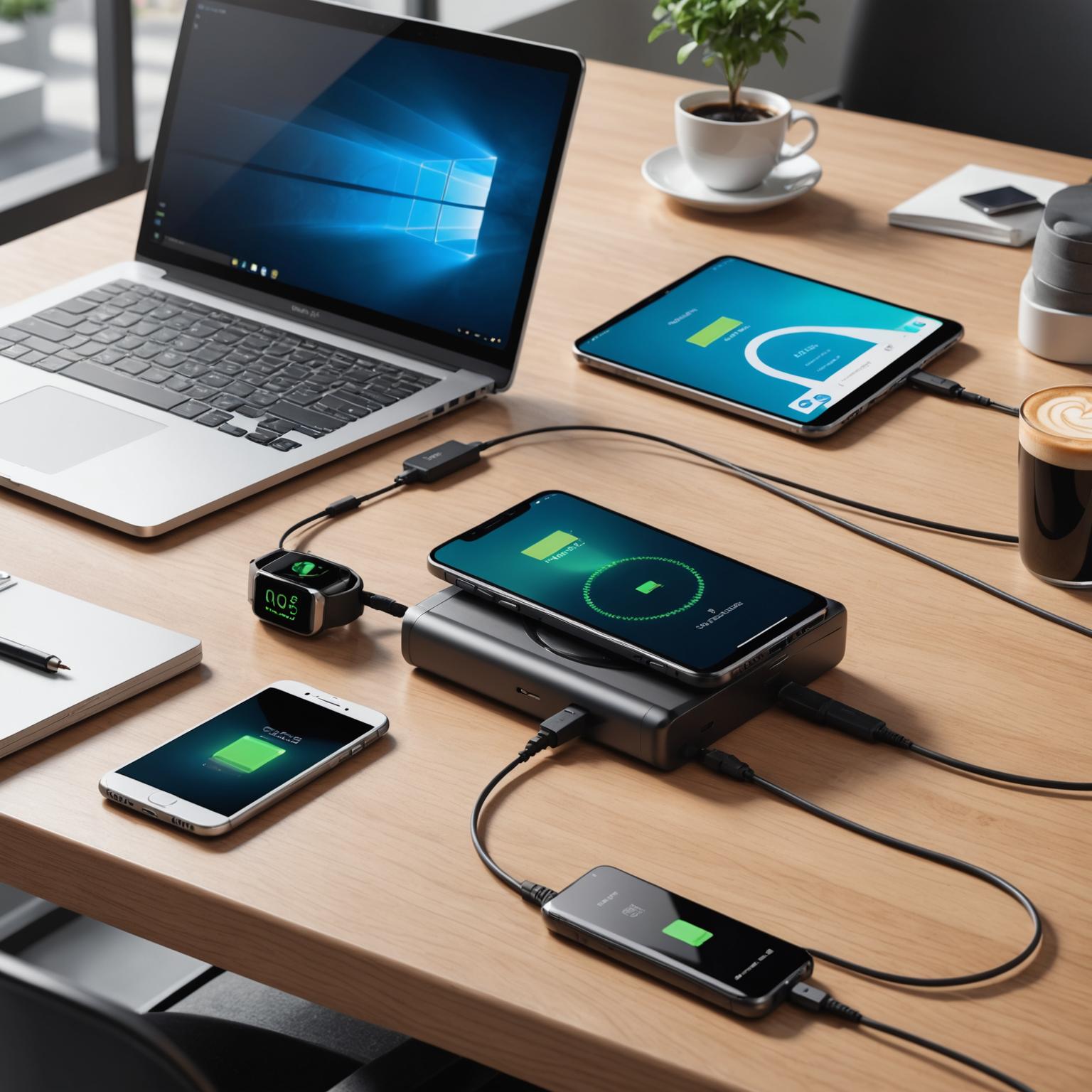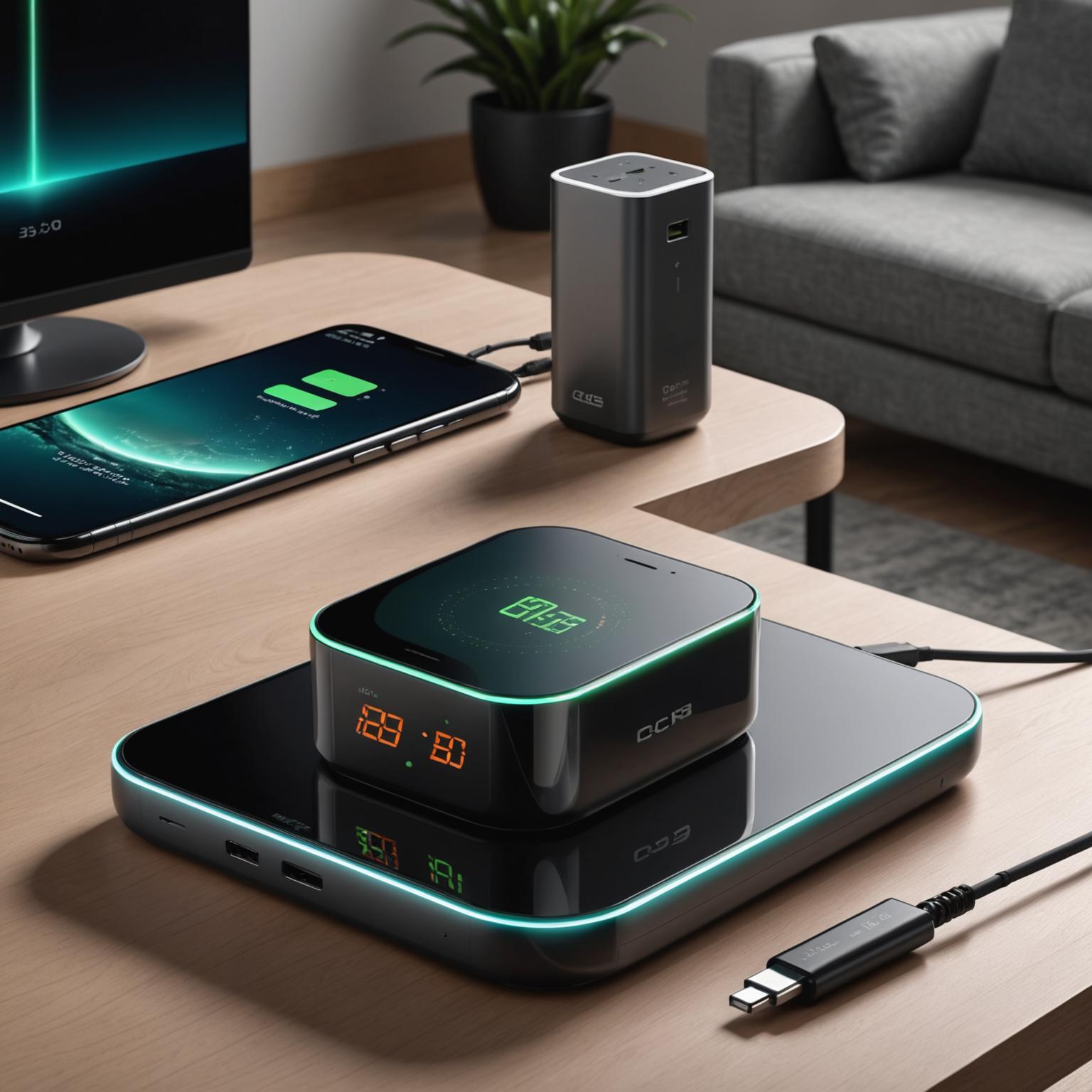This is our independent website, you can check out our products.https://pjcases.com
In our fast-paced world, waiting hours for a phone to power up feels like a relic of the past. The evolution and accessibility of the modern fast charger have completely changed the game, making it possible to get hours of battery life from just a few minutes of being plugged in. To help us understand the science behind this everyday magic, we sat down with power technology expert and lead engineer, Alex Chen, to discuss the ins and outs of rapid charging.

Understanding the Magic: What is Quick Charging Technology?
We started by asking Alex to break down the basics. “At its core,” Alex explained, “quick charging technology is a sophisticated conversation between the power adapter and the device’s battery. It’s not just about forcing more electricity in. A standard old charger might deliver a constant 5 watts. Modern systems, however, use dynamic voltage and amperage. The charger and phone negotiate the maximum power the battery can safely handle at any given moment, which is why you see a rapid charge to 50 or 60 percent, and then a slower rate to top off the battery to 100 percent. This intelligent management is crucial for both speed and battery longevity.”
A Closer Look at a Classic: The QC 3.0 Charger
Many of us have seen the labels on chargers, and one of the most common over the years has been QC 3.0. We asked Alex what made it so significant. “The QC 3.0 charger was a major step forward because of its efficiency,” he noted. “It introduced a feature called INOV, or Intelligent Negotiation for Optimum Voltage. This allowed the phone to request power in very fine increments, like 200mV. This precision meant less energy was wasted as heat compared to previous versions. While newer standards exist, the principles established by the QC 3.0 charger laid the groundwork for the even faster and more universal systems we see today, making it a true milestone in charging history.”
Safety and Compatibility: Busting the Myths
A common concern for consumers is whether this speed comes at a cost to safety or battery health. Alex was quick to address this. “It’s a valid question, but the entire system is built with safety as the priority. Your phone’s internal battery management system has the final say. It will never accept more power than it’s designed for. If you plug a powerful fast charger into an older phone that doesn’t support the protocol, it won’t damage it. The charger will simply recognize the device’s limitations and revert to a standard, slow charging speed. The ‘quick charging technology’ is smart enough to prevent any harm, so you can’t really use the ‘wrong’ charger in that sense.”
Final Thoughts: The Convenience of Speed
As our conversation concluded, Alex summarized the current landscape. “We’ve moved towards more universal standards like USB Power Delivery, or PD, which can power everything from your phone to your laptop with a single adapter. But the fundamental goal remains the same: delivering power as quickly and safely as possible. What was once a premium feature is now a standard expectation. A reliable fast charger is no longer just an accessory; it’s an essential tool that keeps us connected without long waits, perfectly suiting our modern, on-the-go lifestyles.”
